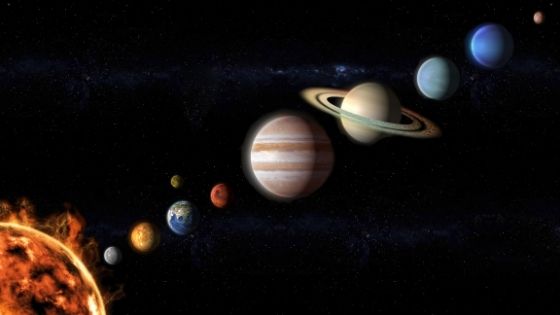How many kids do you know that dream of growing up and being an astronaut? Kids are fascinated by space. Because of this natural curiosity and interest, it is easy to make teaching about this subject fun and exciting. There is a lot to learn about space, and depending on the age of the students the projects will vary.


If you have a group of upper elementary students you can get a little more in depth on the subject matter and students should be expected to display a sound knowledge of the size and vastness of space.
This is one of the difficult concepts to grasp, even as adults, because we don’t have any experience or comparison to help us understand just how big and far spread the planets in our solar system really are. Check out these five fun solar system projects.
Mini Books
Mini books are a great way for the students to gain knowledge on each planet, not just one. Reading books about the planets could be educational, but creating your own book about the planets will solidify learning and allow for creativity which is also an important part of learning. Teachers or parents should provide a fact sheet unless students are old enough to find reliable researched information on the internet by themselves.
The books are not completely empty, it is more of a fill in the blank type of activity. This project is great for learning a little about each planet.
Create Your Own Planet
The creative students will love this one! Things in space are very different from planet to planet and things that aren’t possible on our planet could be on another. This type of science gives students the freedom to dream of what is possible on their planet. This allows students to take ownership of their ideas for their planet.
This project does have some structure, though. Students should be required to use proper vocabulary. This is a great opportunity to combine writing and science in one activity. This project is a great way to get to know each student a little better as their creativity and personalities will shine through in their custom planets.
Edible Planets
This project is not only delicious, but teaches important concepts of the variety of size of the planets. It is easy to think that all of the planets are similar in size, but that is very far from the truth.
Some common food items, fruits especially, are a great way to represent the difference in size. For example, a watermelon could represent the size of Jupiter, while a single blueberry could represent the size of Mars. When you’re done learning about size, cut open these fruits/foods and enjoy a snack together!
Solar System Projects
Obviously a field trip to space is not an option. So, these hands-on creative activities will be the next best way to learn about the universe. Hopefully a better understanding of the different planets will help students gain a greater appreciation for the planet Earth that we live on. These are just a few ideas, so don’t forget to check out the other fun solar system projects.


























